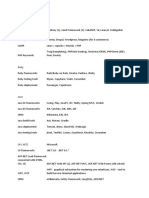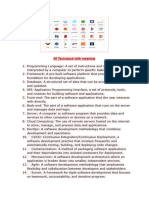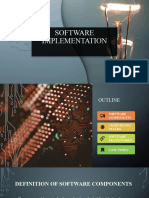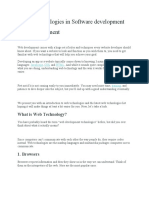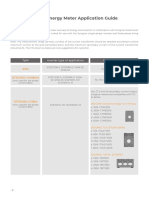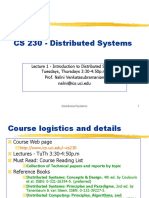0% found this document useful (0 votes)
127 views13 pagesEssential Tools for Software Engineers
The document discusses many important tools and technologies that software engineers should master, including programming languages, IDEs, version control systems, collaboration tools, containerization, cloud platforms, web development frameworks, databases, testing frameworks, CI/CD tools, operating systems, package managers, code editors, security tools, monitoring tools, and build tools.
Uploaded by
sitikanthamallikCopyright
© © All Rights Reserved
We take content rights seriously. If you suspect this is your content, claim it here.
Available Formats
Download as PDF, TXT or read online on Scribd
0% found this document useful (0 votes)
127 views13 pagesEssential Tools for Software Engineers
The document discusses many important tools and technologies that software engineers should master, including programming languages, IDEs, version control systems, collaboration tools, containerization, cloud platforms, web development frameworks, databases, testing frameworks, CI/CD tools, operating systems, package managers, code editors, security tools, monitoring tools, and build tools.
Uploaded by
sitikanthamallikCopyright
© © All Rights Reserved
We take content rights seriously. If you suspect this is your content, claim it here.
Available Formats
Download as PDF, TXT or read online on Scribd
/ 13



